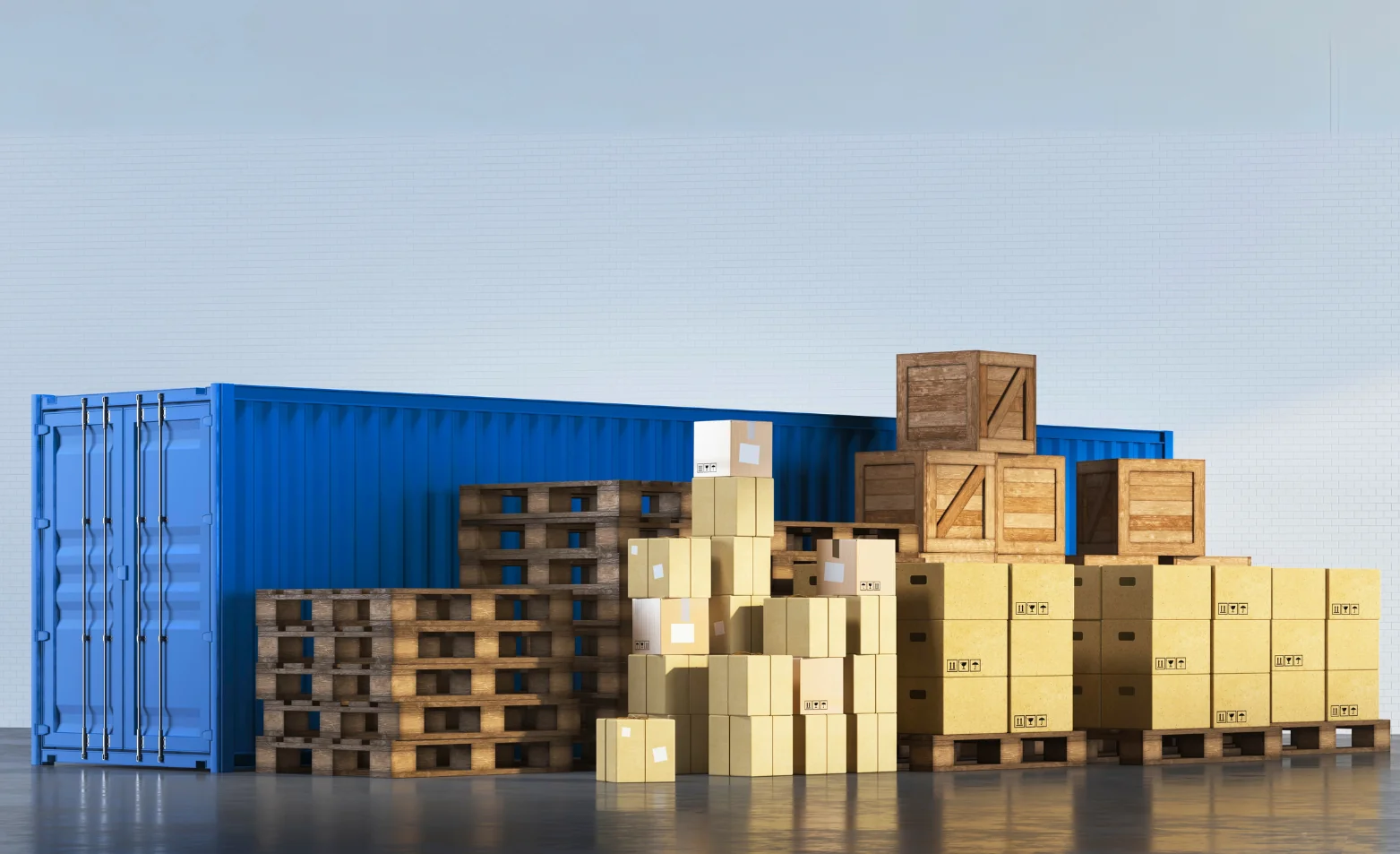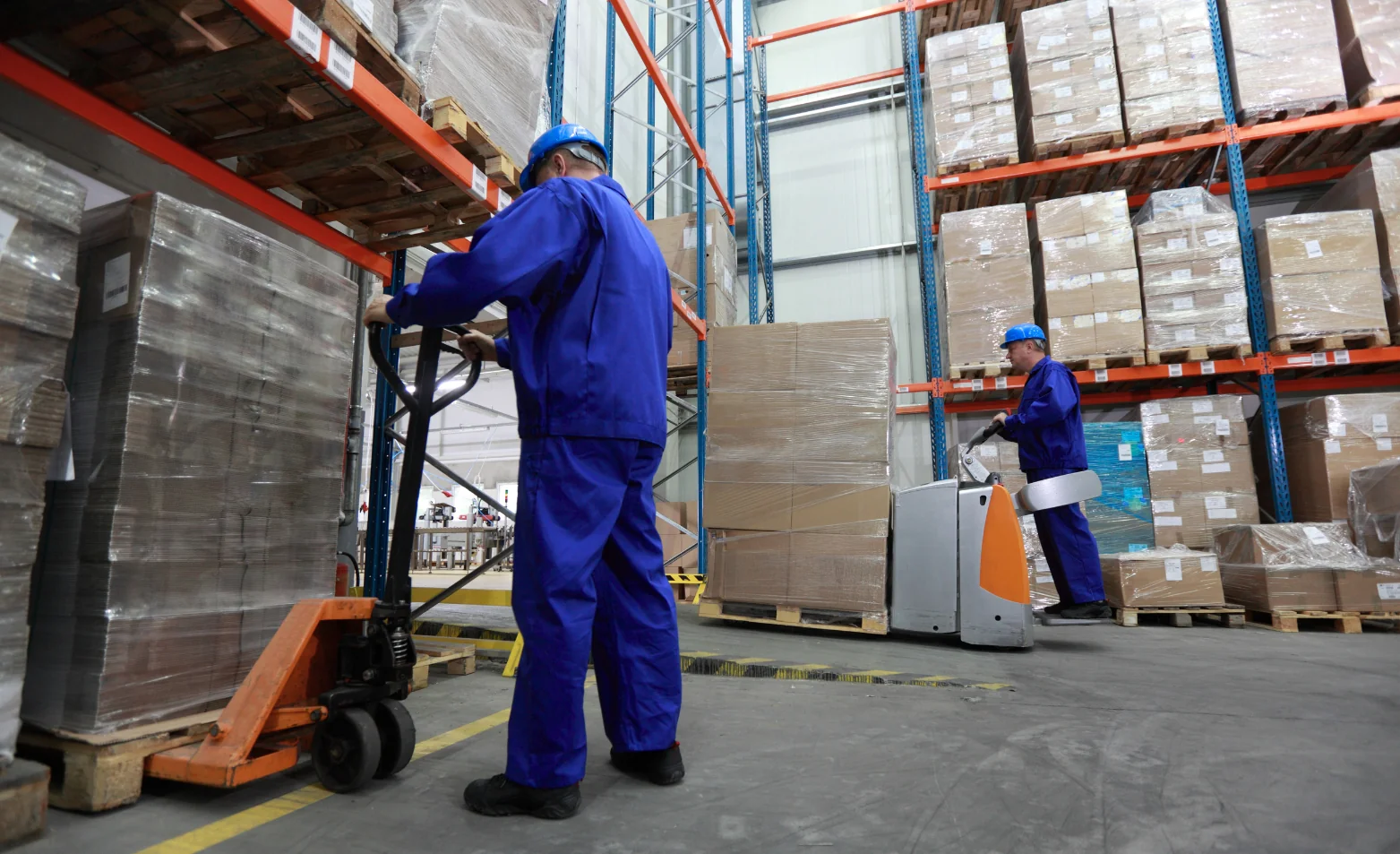
As the shipping world continues to evolve, staying ahead of the curve has never been more important. Whether it’s shifting regulations, busy shipping seasons, or unpredictable events, the shipping landscape is always in flux. For businesses, navigating these changes can be a challenge, but with the right strategies, you can keep your operations running smoothly and save money along the way.
We’ve outlined several top shipping strategies to help your business adapt, save on shipping costs, and ensure your shipments are handled with care. Let’s dive into these key strategies for keeping your shipping process efficient and cost-effective.
Refine Packaging:
One of the most effective ways to control your shipping costs is by refining your packaging. You may not realize it, but the size and weight of your packaging can have a huge impact on the cost of shipping.

Why is packaging so important?
Shipping costs are often based on weight and dimensions, and oversized packaging leads to higher costs. When you use oversized boxes or crates, the carrier charges you based on the dimensional weight, which is the space your package takes up in the truck or plane, not just its actual weight. This means that larger packages are often more expensive to ship than smaller ones, even if the actual weight is light.
What can you do to reduce costs?
-Select the right-sized packaging: Choose boxes or crates that fit your items snugly, ensuring that there’s no extra space. This helps avoid unnecessary costs and reduces the risk of damage.
-Use lightweight materials: Consider using lightweight packaging options like poly mailers or bubble wrap. These materials can help keep your package light while still providing adequate protection for your goods.
-Avoid excess packaging: Only use what’s necessary. Extra layers of packaging add to the weight and bulk of your shipment, raising your costs.
By refining your packaging process, you can maximize shipping density and reduce unnecessary expenses.
Protect Your Shipments:
Shipping insurance is often seen as an optional add-on, but it can be one of the most valuable investments for your business. While it may add a small extra cost, the peace of mind it provides is priceless. Adding shipping insurance coverage ensures that your shipments are protected against the unexpected, like lost or damaged goods.
Why should you consider insurance?
Accidents happen, and packages can get lost or damaged during transit. If something goes wrong and you don’t have insurance, your business could end up absorbing the entire cost of the damaged or lost items. This could result in a significant financial loss, especially if you ship high-value products or fragile goods.
How can insurance benefit your business?
-Reduce risk: Protect your investments by ensuring that your shipments are covered for potential loss or damage.
-Build customer trust: Offering insurance can reassure customers that you take care in delivering their products. It shows that you care about their satisfaction and are willing to stand behind the quality of your service.
-Prevent costly disruptions: If an item is damaged or lost, having insurance can help you recover the costs quickly, keeping your business operations running smoothly.
Including insurance in your shipping process is an easy way to safeguard your business and your customers.
Keep Your Supply Chain Flexible:
Supply chain flexibility is more important than ever, especially when disruptions can happen at any time. Relying on a single carrier for all your shipments might not always be the best approach. Having multiple options gives you the ability to pivot when something unexpected arises.
Why is flexibility key?
External factors like bad weather, tariffs, and labor strikes can quickly derail your shipping plans. If you only have one carrier and that carrier faces a delay or issue, your shipment could be delayed, costing you both time and money.
What can you do to stay flexible?
-Diversify your carrier options: Work with multiple carriers so that you have backup options in case one faces delays or issues. This way, you’re never left without a solution.
-Keep an eye on industry news: Stay informed about potential disruptions like weather patterns, changes in tariffs, or strikes that may affect shipping.
– Adjust your shipping routes: Being flexible means being able to adjust your shipping routes or methods if needed. Having a variety of options gives you the power to adapt to changes quickly.
By keeping your supply chain flexible, you’re better prepared to handle disruptions and keep your shipments on track.
Plan Ahead:
The key to smooth shipping operations is proactive planning. While some changes in the shipping industry are predictable, others—like small NMFC (National Motor Freight Classification) changes or peak seasons—can take you by surprise if you’re not prepared.
Why plan ahead?
By anticipating potential issues, you can avoid delays, extra costs, and unnecessary stress. For example, small changes in NMFC classifications can lead to shifts in shipping rates. If you’re not aware of these changes, you might end up paying more than expected. Similarly, peak seasons like holidays often result in higher demand and longer shipping times, so having a plan in place can help you avoid these busy season bottlenecks.
What should you plan for?
-NMFC changes: Keep track of updates to NMFC classifications. These changes can impact your shipping rates and classification of goods, so being aware of them will help you stay ahead of the curve.
-Peak seasons: Anticipate high-demand times like the holidays or special sales periods. Planning early ensures that you’re able to lock in rates and secure space with your carriers before they get overwhelmed.
-Unexpected disruptions: Weather, tariffs, and other factors can disrupt your shipping plans. Having a contingency plan in place helps you stay flexible and avoid costly delays.
By planning ahead, you’ll be prepared to handle any changes that come your way and keep your shipping process running smoothly.
In conclusion, staying on top of shipping strategies is crucial for businesses looking to stay efficient and cost-effective. By refining your packaging, protecting your shipments, keeping your supply chain flexible, and planning ahead, you can reduce costs and avoid delays. These strategies will help your business navigate the changing shipping landscape and set you up for success.
Ready to get started?









